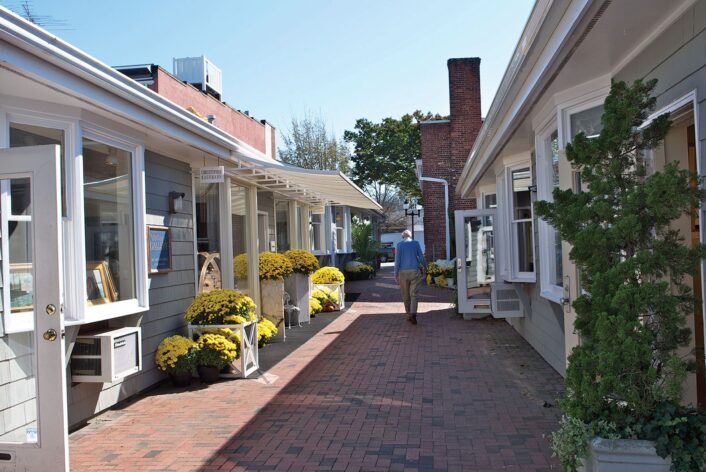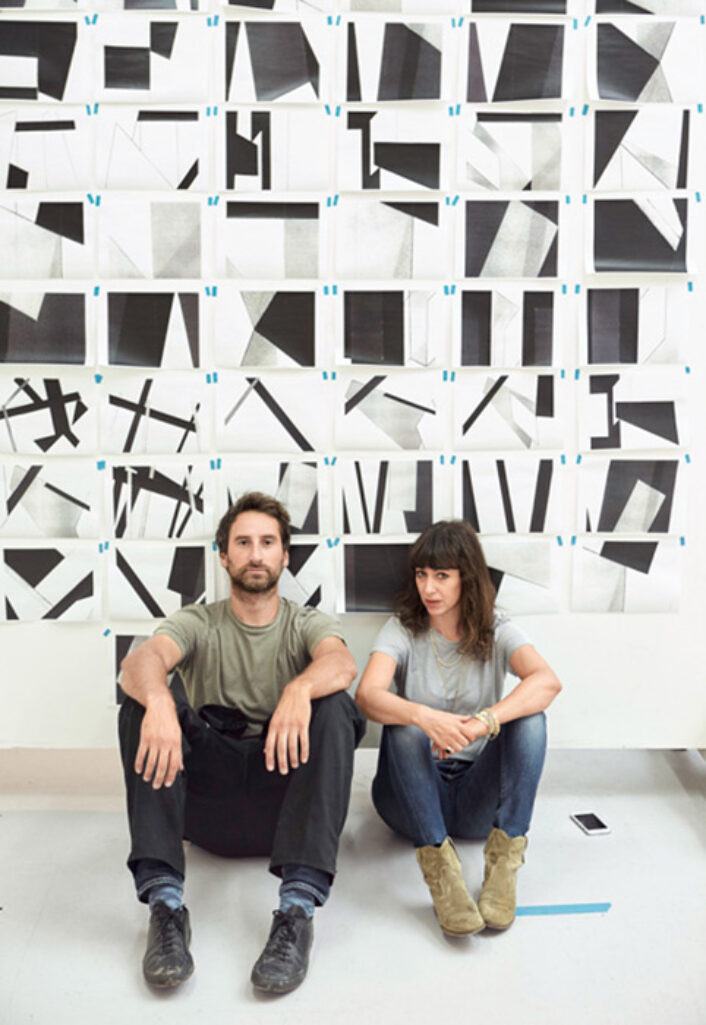Culture
Untraditional LGDR
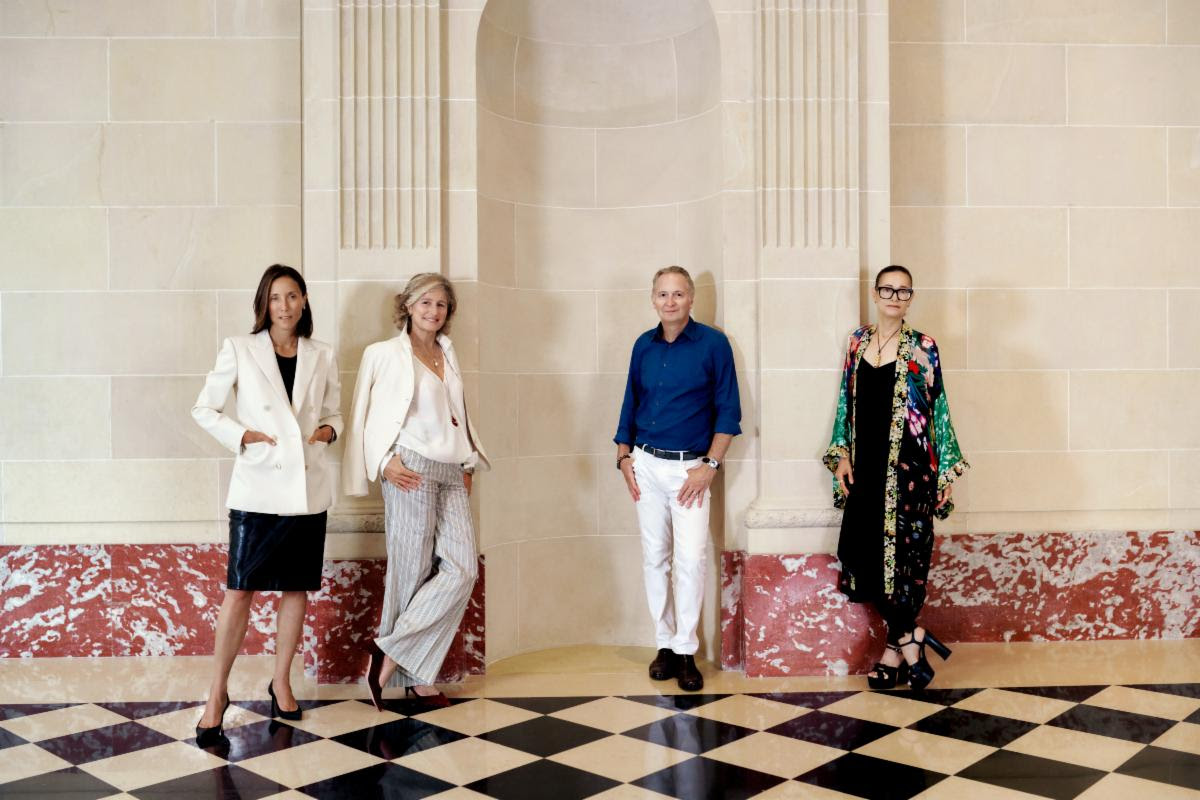
The owners, from left to right: Amalia Dayan, Dominique Lévy, Brett Gorvy, and Jeanne Greenberg Rohatyn.
Image courtesy of: Surface Magazine, photographed by: Caroline Tompkins
The world looks quite different following the pandemic that took hold of our world over the past two years. As such, there is no doubt that the art market was also strongly impacted by Covid 19’s ramifications. Last year’s decision by four prominent art dealers to join forces in an effort to counter the increasing stronghold of giant galleries was a decision that might not have occurred under normal circumstances.
Dominque Lévy, Brett Gorvy, Amalia Dayan, and Jeanne Greenberg Rohatyn formed LGDR in January 2021 as a gallery that will represent artists, broker auction sales, advise collectors, and organize important exhibitions. This has been an important change to New York City’s art scene and perhaps a view into what’s to come?
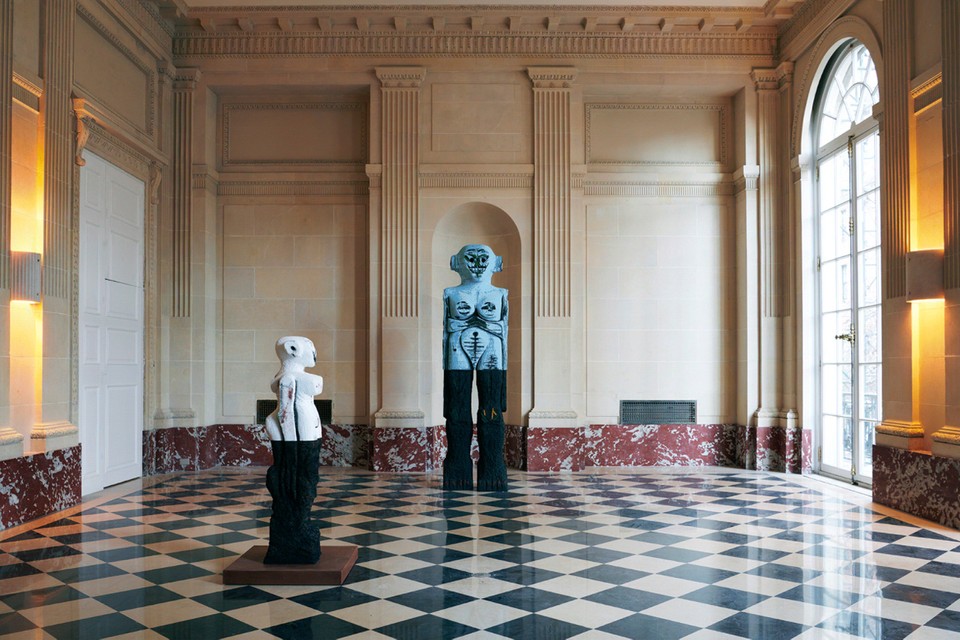
“Receiver” (2019) and “I Can Hear Everything You Think” (2020)… two sculptures by Huma Bhabha, a Pakistani-American sculptor. Presented in the Stone Room, the floor features a marble chequerboard design and three fan-shaped windows.
Image courtesy of: Hype Beast, photographed by: Dan Bradica
The four partners dissolved their exhibiting businesses and merged into one entity that offers a new model of one-stop shopping. LGDR presents both artists and collectors with the opportunity to benefit from four distinct dealers with different views and styles. The hope was that joining forces in this unique and innovative way would be effective in warding off the competition from the city’s many “mega galleries.”
The merger was also a way to, hopefully, combat the fate that has befallen many smaller and mid-size galleries. Courtesy of The New York Times, “the gallery sector has seen a 20 percent drop in sales (to an estimated $29.3 billion), and many smaller and midsize galleries are closing because of the high costs of operating.”
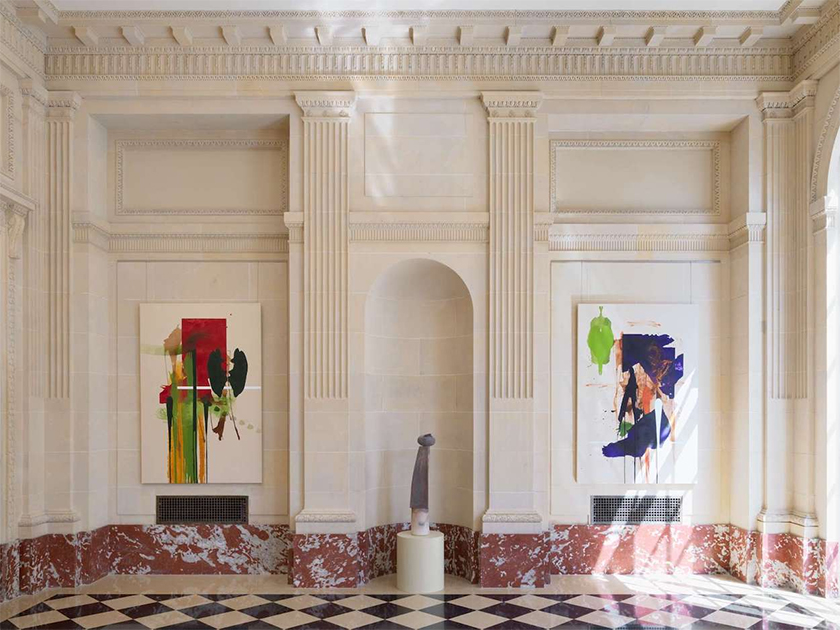
Inside the neo-Renaissance building, “Elizabeth Neel: Arms Now Legs.”
Image courtesy of: Surface Magazine, photographed by: Dan Bradica
The gallery is located in the Upper East Side, the space that previously housed Rohatyn’s gallery, Salon 94. The building is a neo-Renaissance townhouse at East 89th Street, the former house of the National Academy of Design. The structure was recently renovated by the architect Rafael Vinoly. When the collaboration was finalized, Rohatyn was already in the process of seeking public approval to add 8,500-square-feet to her gallery space for offices, a library, and private viewing rooms.
The additional space in the building, built in 1951, will allow the new owners to accommodate a more specialized support team. Speaking of the new merger, Lévy said, “During the pandemic, the four of us were discussing the art world and what Covid had stopped and what Covid had Accelerated. We realized we had the desire to share and collaborate.” Dayan continues, “The idea of collaboration felt very relevant. We were all locked up in different places talking to each other.”
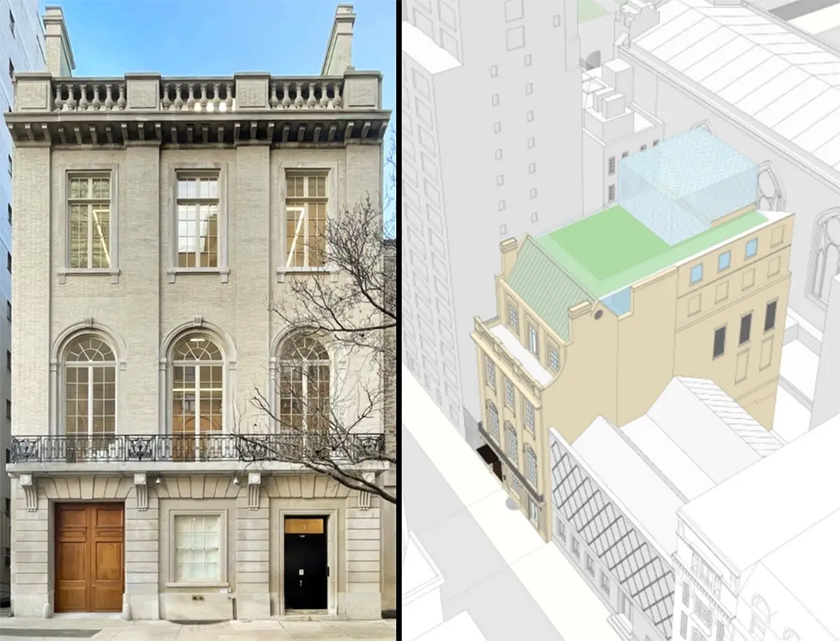
The proposal for an addition to the building shows plans for a sixth-floor penthouse that will serve as an artists’ residence.
Image courtesy of: Patch
The four art dealers have been friends for more than twenty years; they’ve worked together in the past, albeit informally. In early 2021, the three women went on a vacation to Aspen… out hiking, they started discussing the possibility of pooling together their talents and resources. Gorvy, Christie’s former chairman who had been working with Lévy since 2016 was looped into the conversation shortly thereafter. And, the rest is history.
Collaborations of this kind are not unheard of in the industry; recently Gavin Brown joined Gladstone and Zach Feuer decided to merge his gallery with Joel Mesier’s gallery. The hope is that such mergers will achieve economies of scale and allow galleries to better compete with the auction houses that have recently been taking a bite of out galleries’ territory with private sales of artwork to savvy collectors.
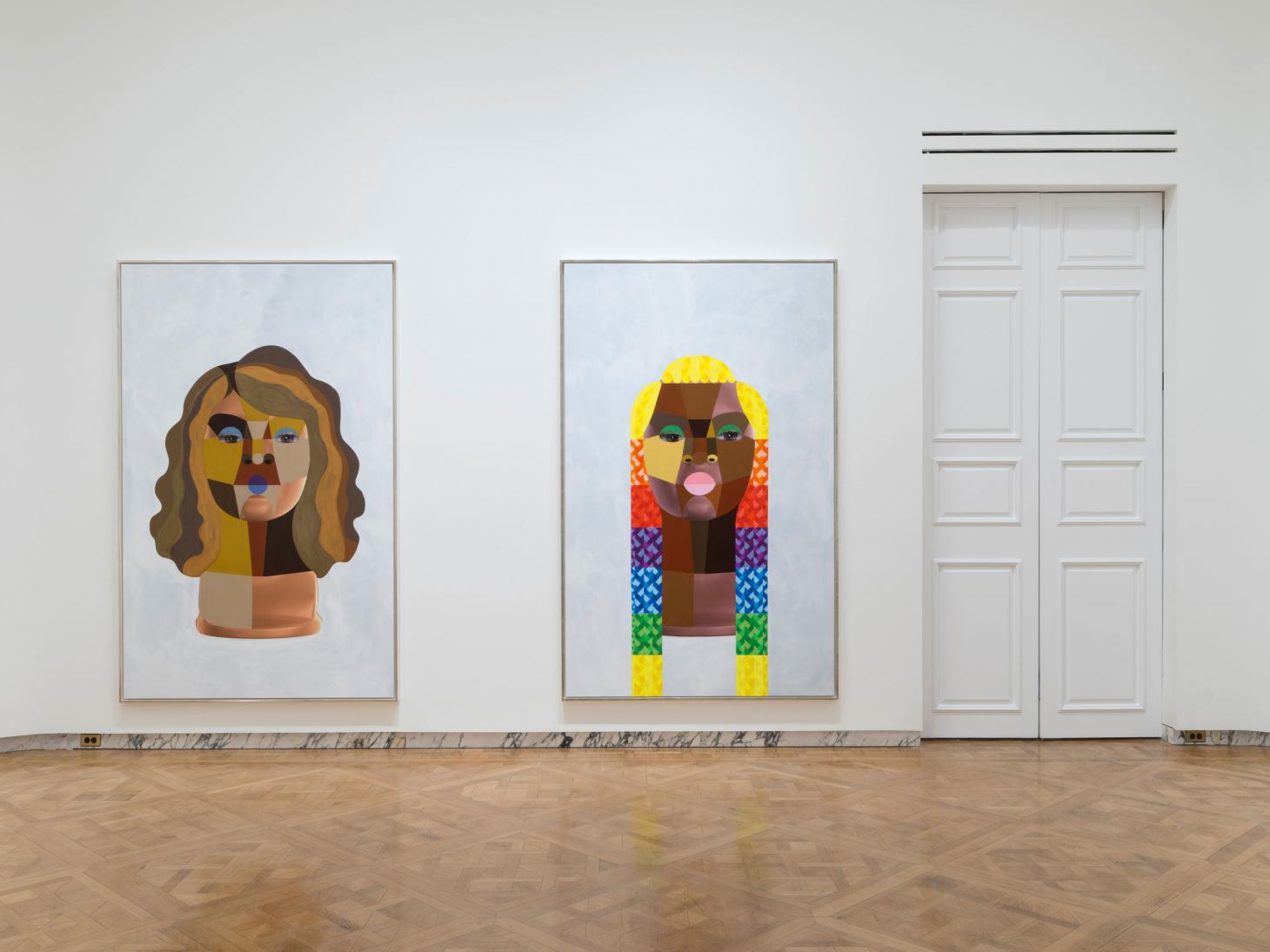
Works from the Brooklyn artist’s, Derrick Adams, show, “Style Variations.”
Image courtesy of: Wallpaper, photographed by: John Berens
Quite important is that within the new structure, each partner will have a distinct area of focus: Rohatyn will continue focusing on contemporary art with an emphasis on female artists and artists of color, Lévy will target European art, Dayan will work on the management side of the business in addition to targeting artists from the Middle East, and Gorvy will primarily focus on Asian artists.
The partnership will allow for flexibility… they will move away from exclusively representing artists; rather LGDR will work on both sides of the sale (initial sale of art and work that is being resold), with casual pop-up galleries to increase awareness and recognition. Our personal favorite change is that the gallery will focus on a new way of displaying art: historical and contemporary placed together. As Lévy says, “We’re a hybrid. We’re not a gallery, we’re not an advisory.”
